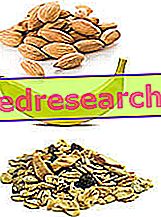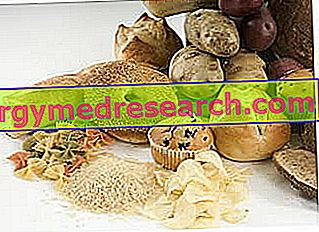Given that breakfast is one of the main meals of the day, it is very important to have an idea of how many calories you have and which foods to choose.
How many Calories at Breakfast?
According to the guidelines for a healthy Italian diet, breakfast should provide about 20% of total calories, lunch and dinner 35% each, while the remaining 10% should be covered by snacks. However, the caloric indication is not sufficient to define the characteristics of a healthy breakfast, and should therefore be supplemented with some simple advice on the choice of food.

From these simple notions of human physiology comes the recommendation to consume a certain amount of simple sugars during breakfast, in order to raise the blood sugar and lower the levels of cortisol. A fruit juice, a teaspoon of honey to sweeten coffee, or jam on rusks, are examples of foods rich in simple sugars; even fruit yoghurt usually contains a lot of sugar, necessary to counteract the acidity of the food.
Which foods to choose for Breakfast?
The second recommendation is to have a complete and balanced breakfast. Not only simple sugars, therefore, but also a certain amount of fat, protein and complex carbohydrates. Thus, a banana and some almonds can be the ideal breakfast for those in a hurry, while those with a little more time can consume a couple of slices of whole wheat bread with sliced (bresaola, prosciutto, turkey ... ) or "lean cheese" and a juice (better to prepare it yourself or eat a fruit), or partially skimmed milk with wholemeal muesli.
The typical Italian breakfast, bread, butter, milk and jam, or worse still its modern evolution (brioche and cappuccino), lacks fresh food and is low in protein, minerals and vitamins; in addition, too many calories are derived from fats, especially when relying on bar delicacies.



